12 Powerful Flowers That Start with P for You to Grow This Year

This post follows our research editorial guidelines.

Pretty as a picture and pleasingly precious. Picking the perfect plant each season is a profound pleasure of mine. Perhaps you’re looking to pull pollinators into your garden for their principal occupation, or possibly you prefer to preview a list of flowers starting with P.
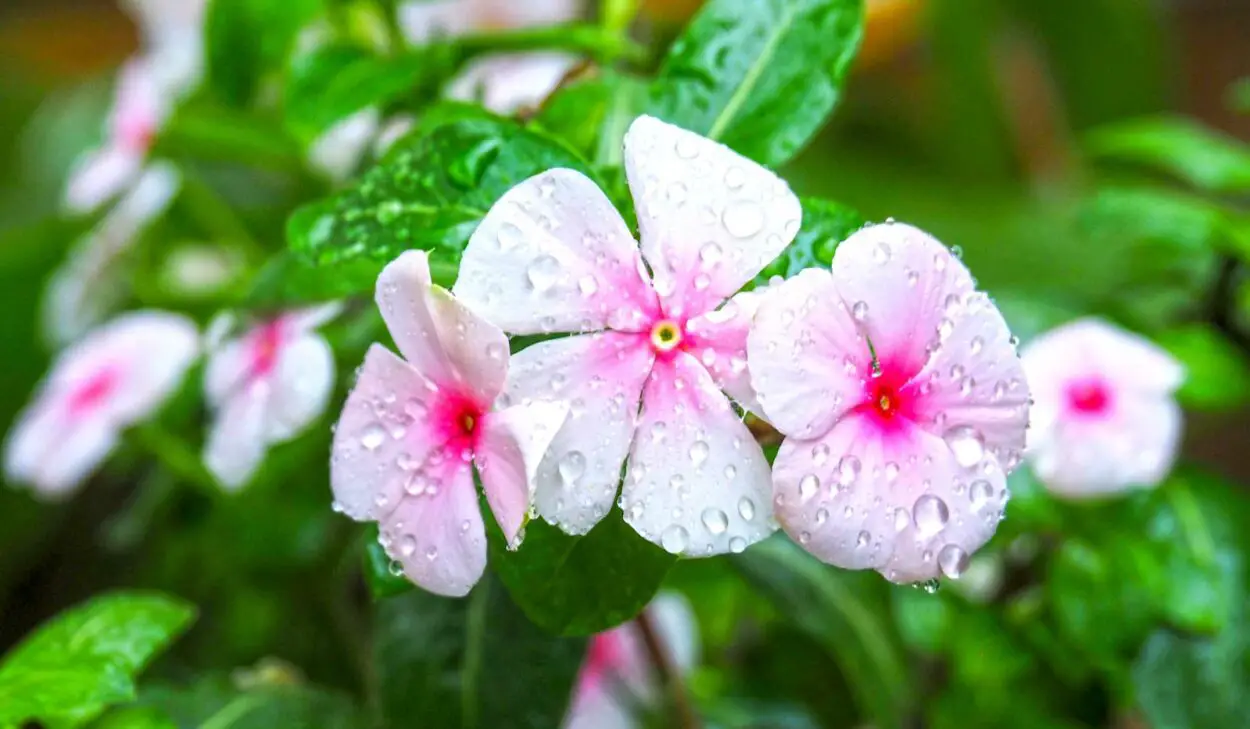
I’m proceeding along through my favorite flowering plants to add to the garden this year, letter by letter. Predictably, I’ve stumbled along to the letter ‘p.’
Quickly Find Flowers That Start With P
1. Painted daisy (Tanacetum coccineum)
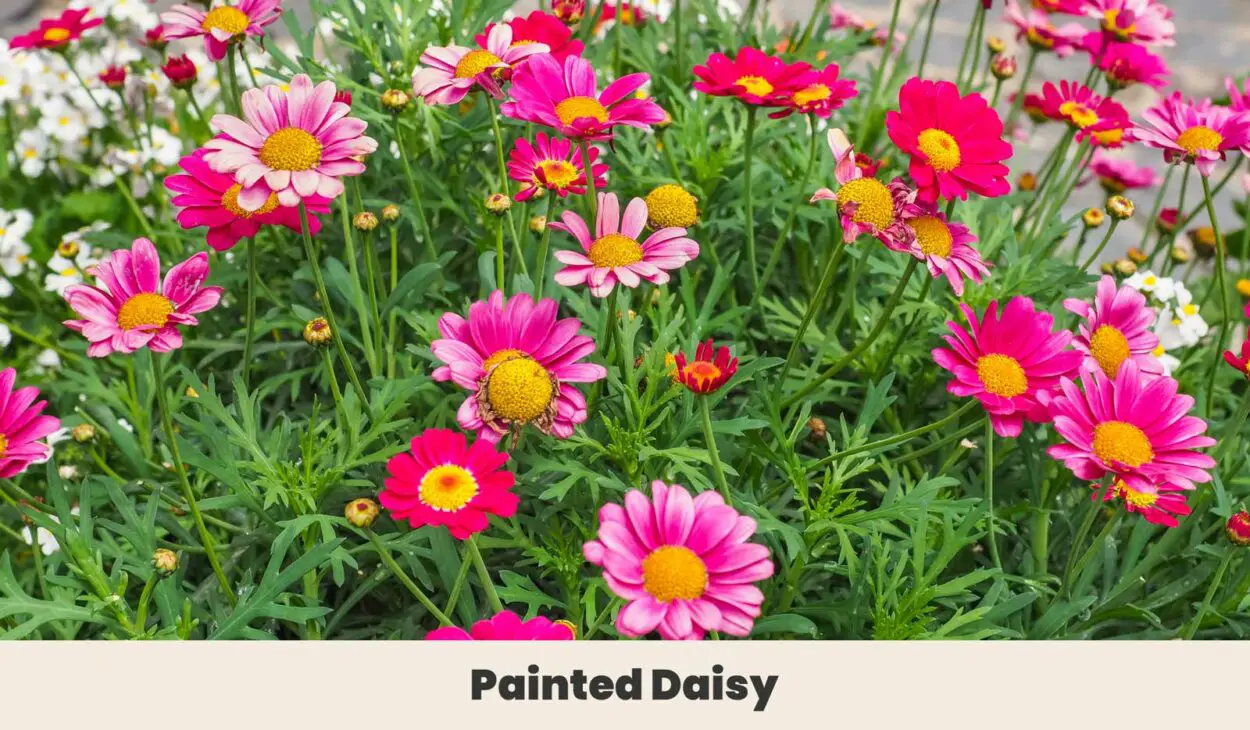
Also known as the pyrethrum daisy, painted daisies are one of the most useful sweeties to plant in your garden.
Painted daisies produce a natural insecticide in their tissue that dissuades pests, while their bright pink, white, or red flowers attract bees and other beneficial insects. It’s an all-around champion and a delight to behold, too.
| Botanical Name: | Tanacetum coccineum |
| Growth Rate: | Medium |
| Native Range: | Western and Central Asia |
| Hardiness Zones: | 3 to 7 |
| Soil Needs: | Sandy, loamy soil. Requires good drainage |
| Exposure: | Full sun to partial shade |
| Blooming Period: | Summer |
| Water needs: | Moderate |
2. Pansy (Viola × wittrockiana)
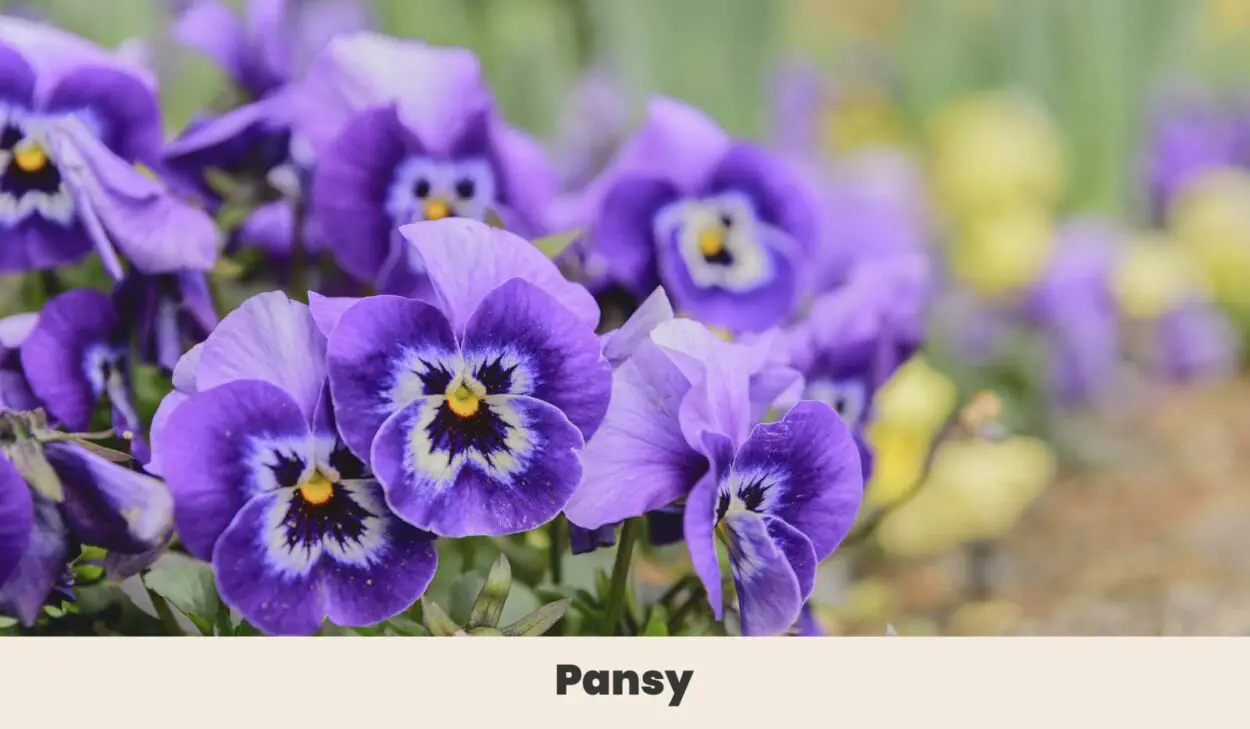
Pansies evoke a classic cottage garden, with pert round blossoms in a variety of colors and patterns. They’re a hybrid first developed from Viola flowers at some point in the 18th century, and they’ve been a popular choice for short-season gardens and annual displays ever since.
| Botanical Name: | Viola × wittrockiana |
| Growth Rate: | Moderate |
| Native Range: | Man made hybrid |
| Hardiness Zones: | 6 to 10 |
| Soil Needs: | Organically rich, loamy soil |
| Exposure: | Full sun to partial shade |
| Blooming Period: | Late spring to summer |
| Water needs: | Moderate |
3. Paraguay Nightshade (Lycianthes rantonnetii)
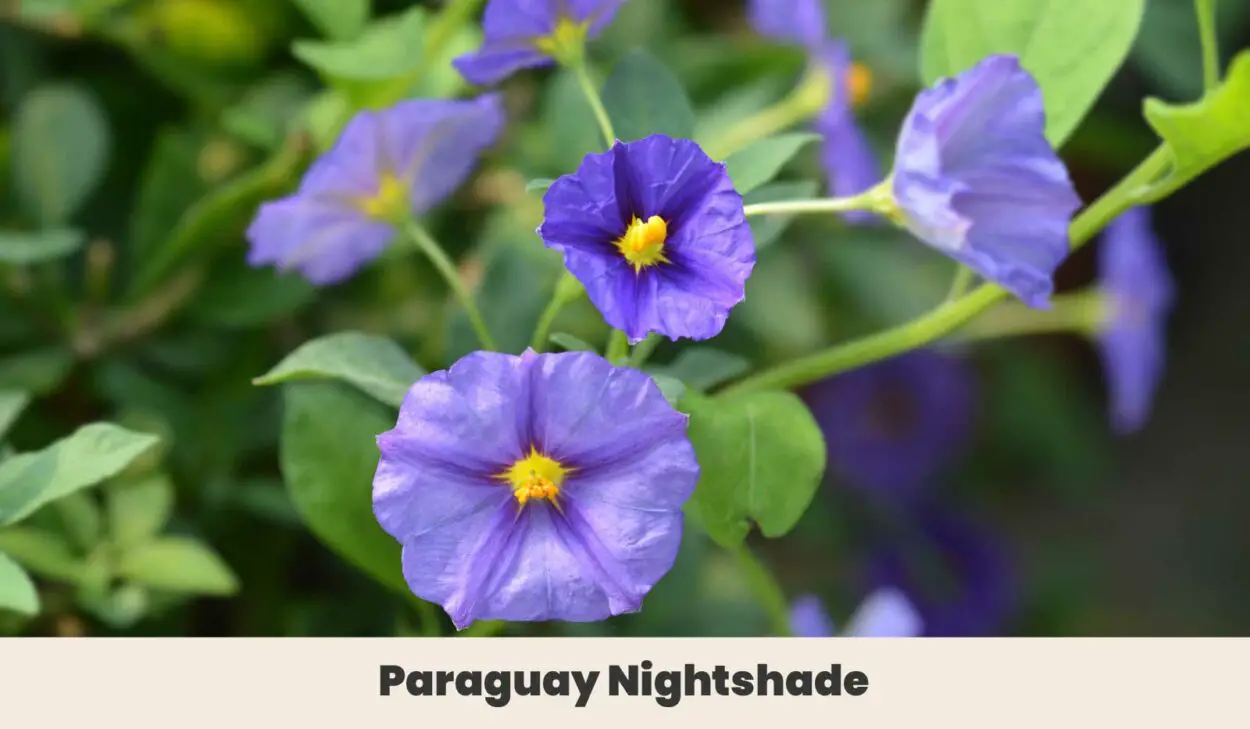
Paraguay nightshade is a sizable, easy-to-grow warm climate shrub. It can be trained into elegant hedges speckled with delicate purple flowers that mature into bright red berries. Be warned, however!
This plant is nightshade by name and nightshade by nature, and every part is poisonous to humans. Plant with care.
| Botanical Name: | Lycianthes rantonnetii, formerly Solanum rantonnetii |
| Growth Rate: | Fast |
| Native Range: | South America |
| Hardiness Zones: | 8 to 11 |
| Soil Needs: | Sandy, loamy soil. Requires good drainage |
| Exposure: | Full sun to partial shade |
| Blooming Period: | Late spring to fall |
| Water needs: | Moderate to high |
4. Pasque flower (Pulsatilla vulgaris)
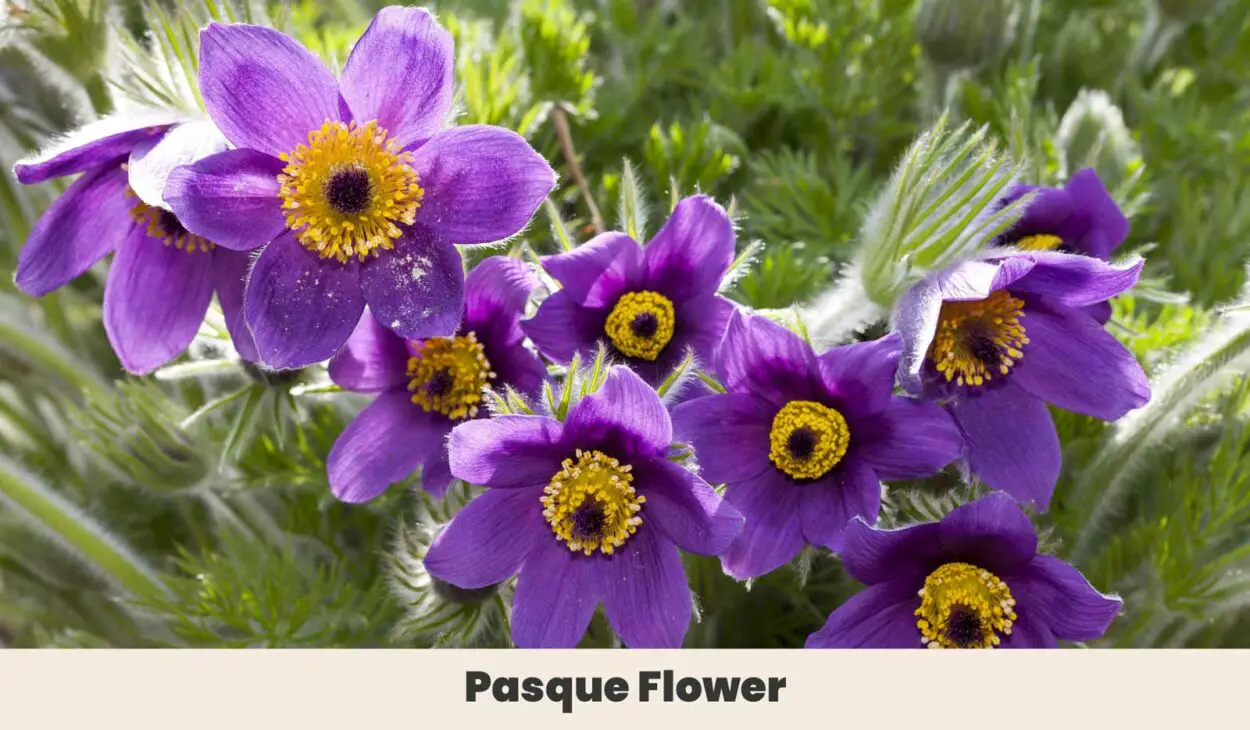
This fuzzy alpine wildflower is a type of buttercup, though it’s hard to see the similarities. Pasque flowers are regal purple, star-shaped, and covered in a light layer of soft down. They grow naturally in dry mountain meadows throughout northern Europe, kept warm by their cover of fuzz.
| Botanical Name: | Pulsatilla vulgaris |
| Growth Rate: | Fast |
| Native Range: | Northern Europe and Great Britain |
| Hardiness Zones: | 4 to 8 |
| Soil Needs: | Chalk, Loam, Sand |
| Exposure: | Full sun |
| Blooming Period: | Early spring |
| Water needs: | Low |
5. Peony (Paeonia japonica)
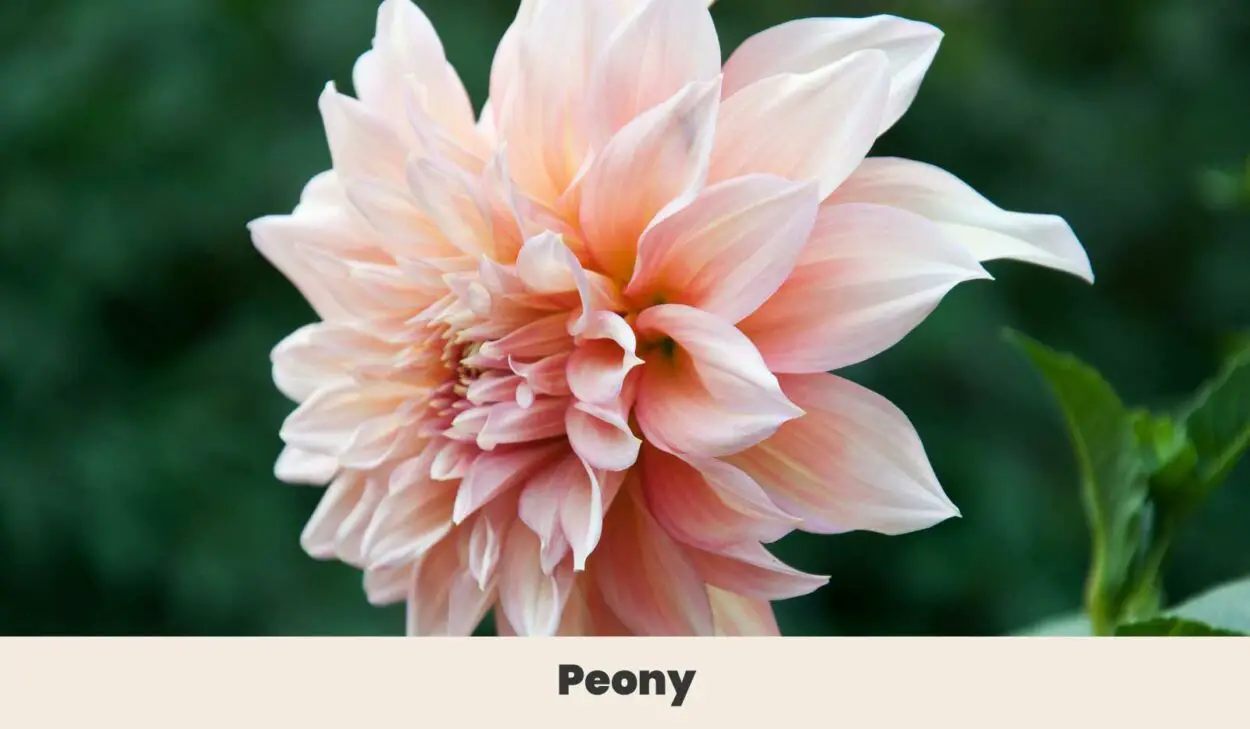
Peonies are long-lived, compact shrub known for fast seasonal growth that dies back entirely each winter. They produce spectacular white flowers, strongly fragrant and blowsy. So powerfully and wonderfully perfumed are peony blossoms that it’s possible to perfume your whole garden with a single planting.
| Botanical Name: | Paeonia japonica |
| Growth Rate: | Fast |
| Native Range: | Japan |
| Hardiness Zones: | 5-9 |
| Soil Needs: | Organically rich, moderately moist soil |
| Exposure: | Partial shade |
| Blooming Period: | Spring |
| Water needs: | Moderate |
6. Petunia (Calibrachoa)
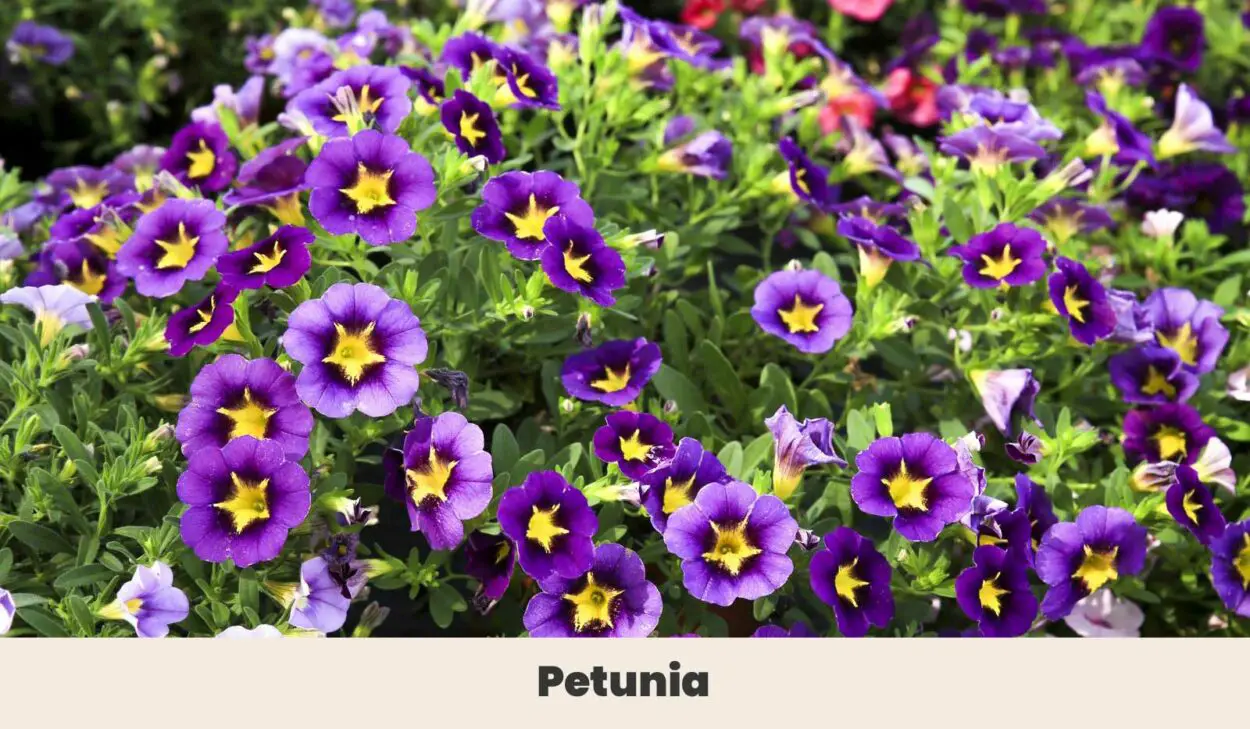
Sometimes called a Million Bells for their astonishing profusion of blooms, these dainty dwarf Petunias are best grown in hanging baskets and small containers.
They don’t ask for much, but keep them happy and they’ll deliver a dazzling abundance of flowers in a wide range of colors, including yellow, red, orange, and even purple, burgundy, and magenta.
| Botanical Name: | Calibrachoa |
| Growth Rate: | Fast |
| Native Range: | Free-draining, fertile soils |
| Hardiness Zones: | 9 to 11 |
| Soil Needs: | Slightly acidic soil |
| Exposure: | Full sun |
| Blooming Period: | Spring to fall |
| Water needs: | High |
7. Pincushion Flower (Scabiosa atropurpurea)
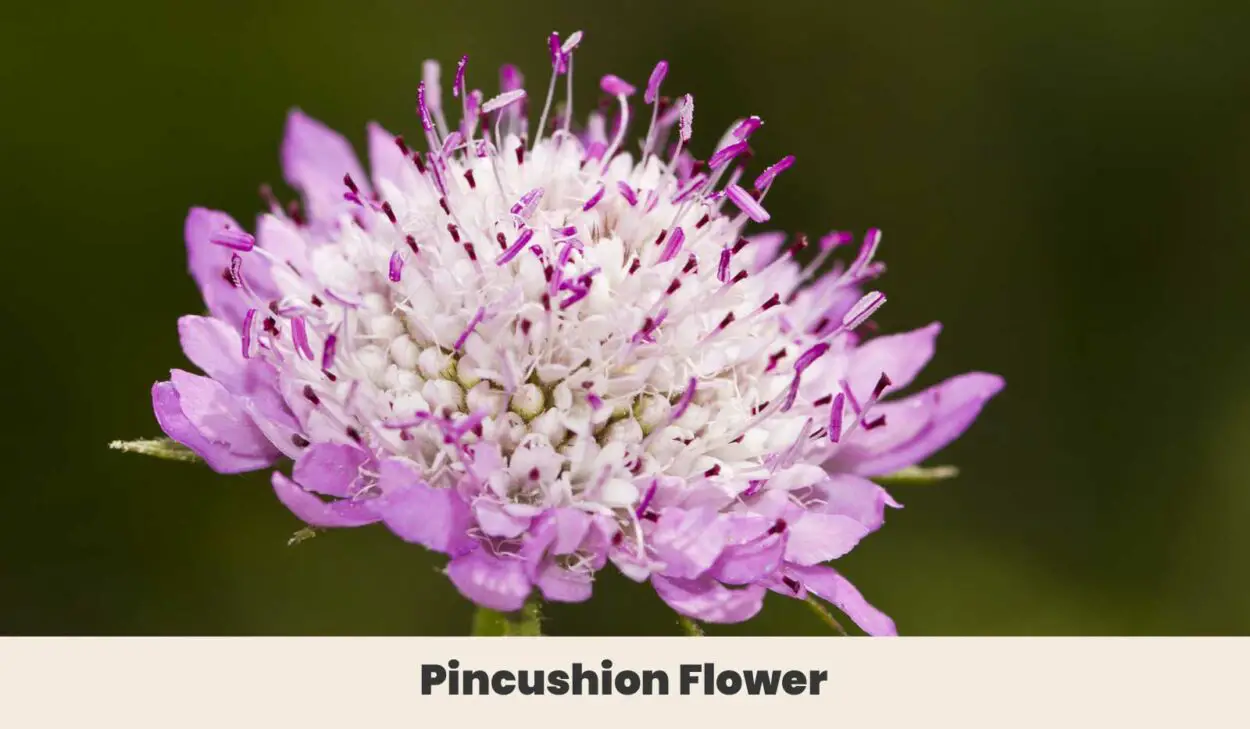
The pincushion flower lives up to its name, sporting sweet round flowers that resemble a small mauve cushion speckled with pins.
Blossoms are long-lasting, produce abundant nectar, and attract bees butterflies and hummingbirds. They also make excellent cut flowers, and many fans keep them in dried flower arrangements for a truly enduring display.
| Botanical Name: | Scabiosa atropurpurea |
| Growth Rate: | Moderate |
| Native Range: | Native to Northern Africa |
| Hardiness Zones: | 4a to 11b |
| Soil Needs: | Rich, alkaline soil high in organic matter |
| Exposure: | Full sun |
| Blooming Period: | Late spring to fall |
| Water needs: | Low to moderate; drought resistant |
8. Prairie poppy mallow (Callirhoe alcaeoides)
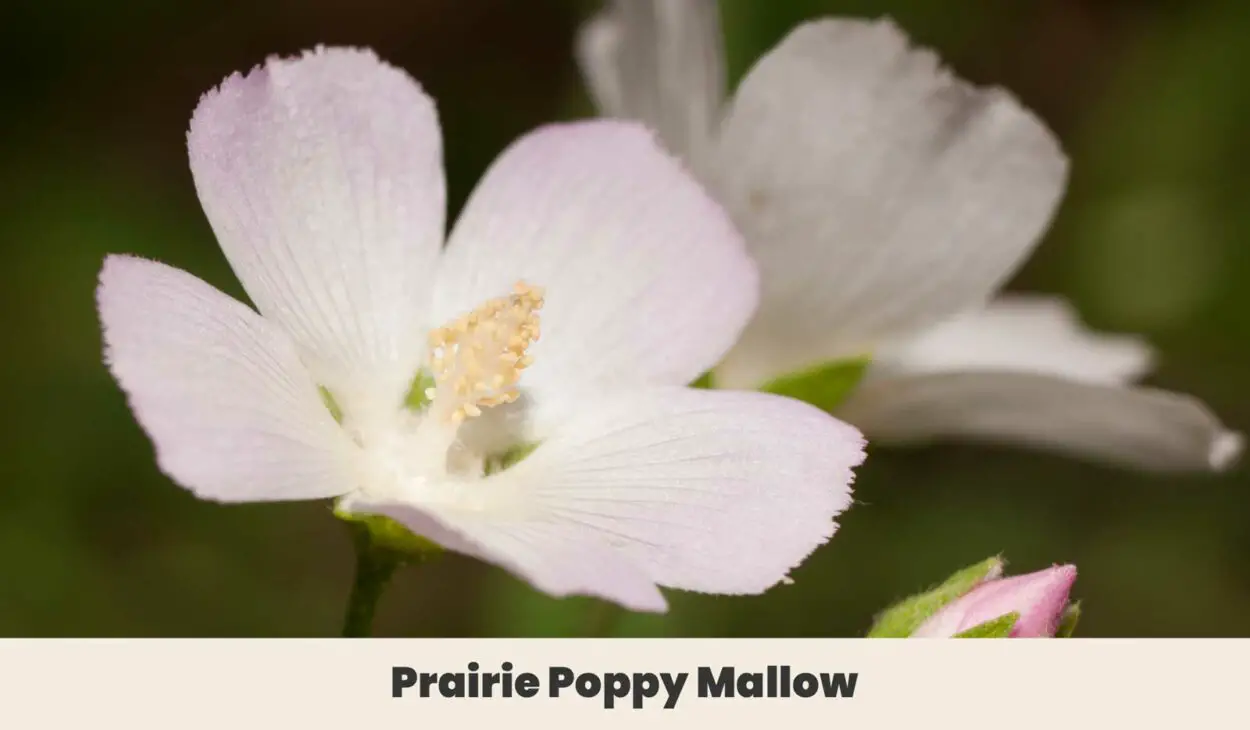
Prairie poppy mallow is a ghostly flower, a single white bloom that rises from a low-growing sprawl of simple leaves. They’re an American native wildflower, common in the plains from Illinois to the Great Plains. It sneaks its way into barren grounds and the disturbed land at roadsides, a whisper of lost prairies long forgotten.
| Botanical Name: | Callirhoe Alcaeoides |
| Growth Rate: | Fast |
| Native Range: | South central and Eastern United States |
| Hardiness Zones: | Well-draining rocky or sandy soils |
| Soil Needs: | Well draining rocky or sandy soils |
| Exposure: | Full sun |
| Blooming Period: | Summer |
| Water needs: | Low to moderate, drought resistant |
9. Poppy (Papaver alpinum)
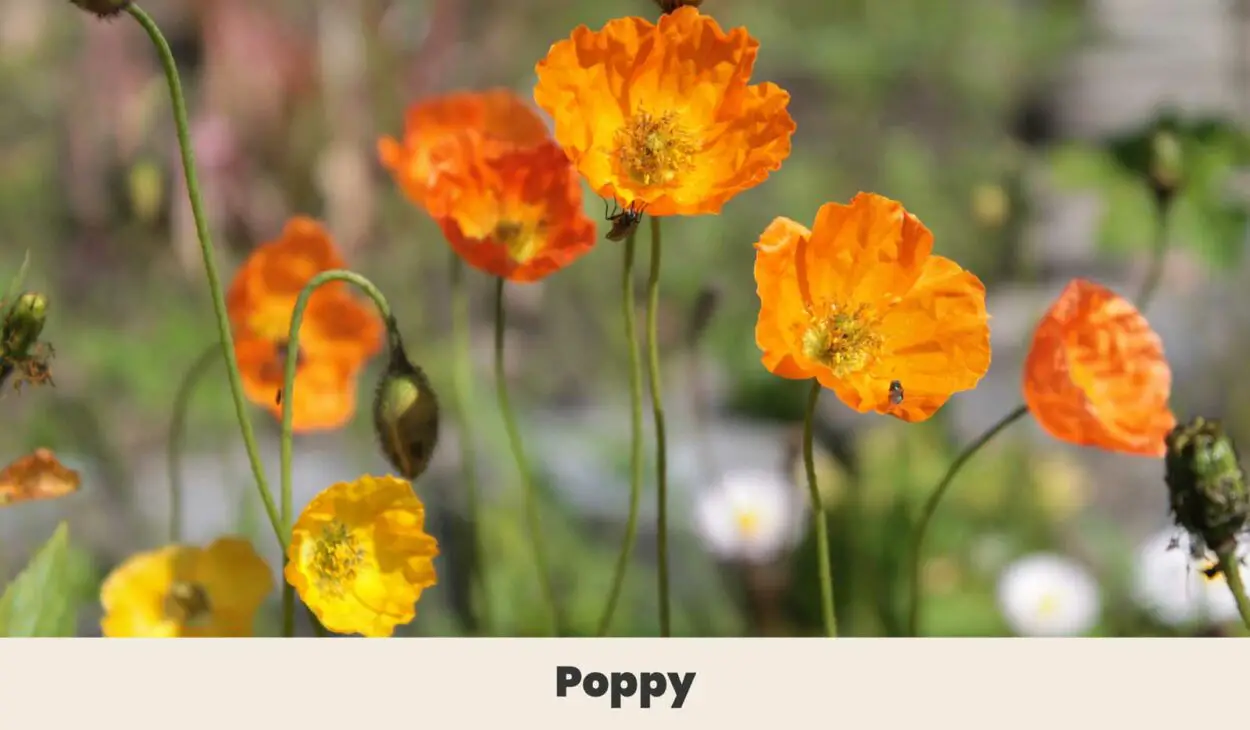
A cold-weather flower, this form of poppy is also known as the alpine or dwarf poppy. They produce compact flowers no less lovely than their larger cousins, in similar shades of white, yellow, orange, or red. They’re an ideal choice for cottage gardens in cooler areas, or at elevation.
| Botanical Name: | Papaver alpinum |
| Growth Rate: | Fast |
| Native Range: | Alpine regions of Europe |
| Hardiness Zones: | 4 to 6 |
| Soil Needs: | Some risks of aphids |
| Exposure: | Full sun |
| Blooming Period: | Summer |
| Water needs: | Moderate |
10. Polka Dot Plant (Hypoestes phyllostachya)
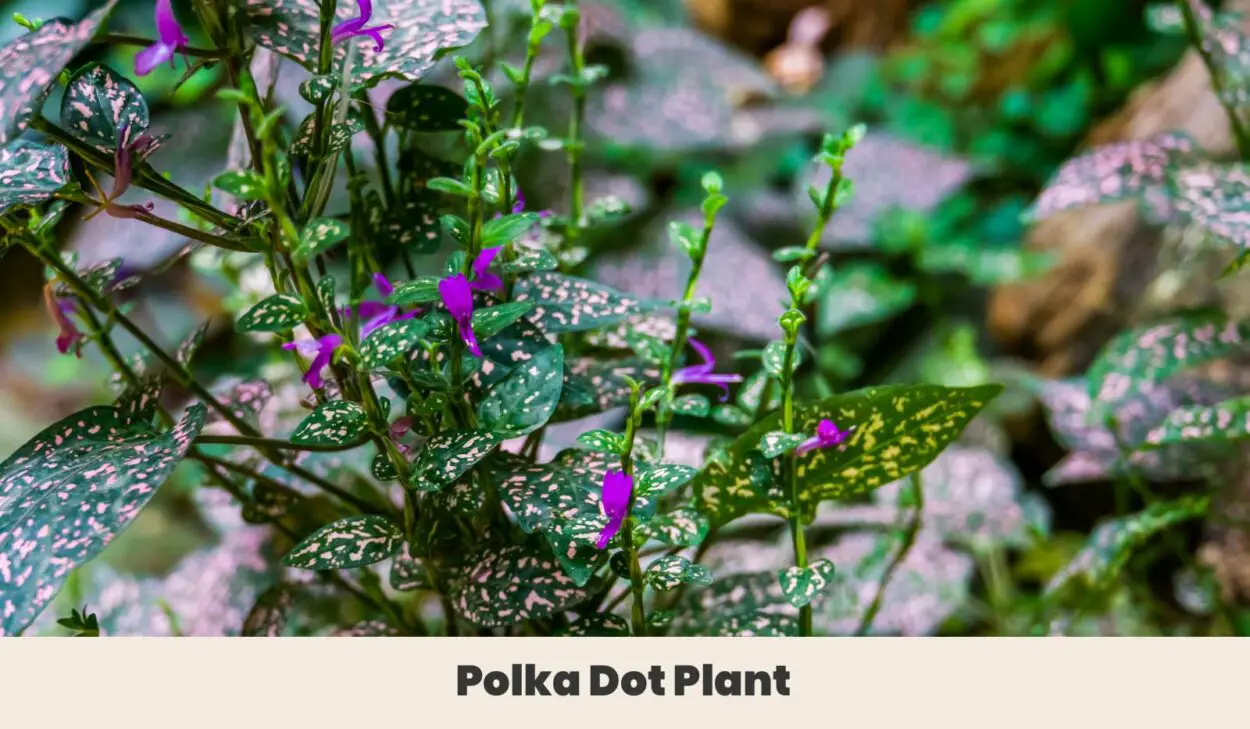
With splashy bright leaves and dainty purple blooms, the polka dot plant grows equally well as an indoor plant as it does out in the garden. While it’s mostly grown for its dark leaves dappled with pink, it produces elegant spears that hold tiny purple blooms. It’s a swan song, as the polka dot plant is short-lived and will die off once its flowering is complete.
| Botanical Name: | Hypoestes phyllostachya |
| Growth Rate: | Slow |
| Native Range: | Madagascar |
| Hardiness Zones: | 10a to 11b |
| Soil Needs: | Rich in organic material and freely draining |
| Exposure: | Partial shade |
| Blooming Period: | Summer to fall |
| Water needs: | Moderate |
11. Periwinkle (Catharanthus roseus)
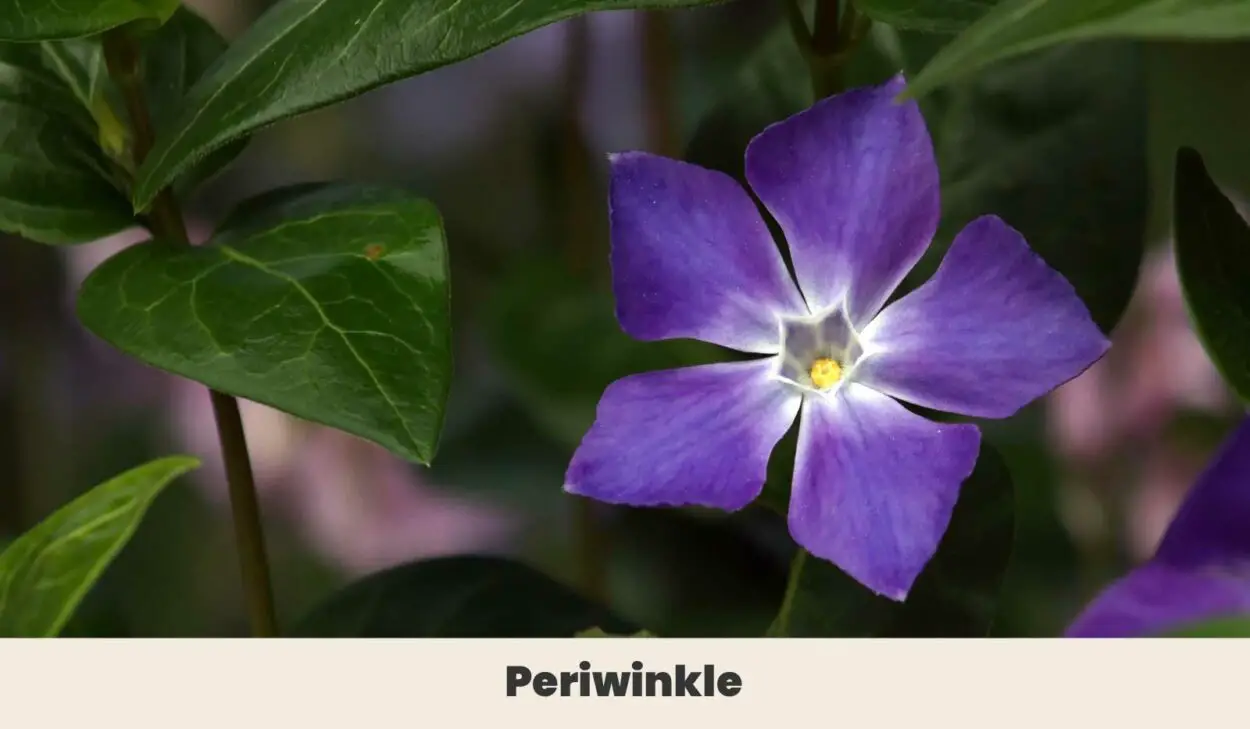
For year-round flowers, it’s hard to go past the periwinkle. They’re a great choice for water saver gardens as they require very little irrigation. Even when dry they grow in profusion, producing as if by magic thick beds of glossy green leaves and pert, simple flowers in bright pink, purple, or white.
Periwinkle has a long history of use as a medicinal plant which continues to this day, forming a key part of modern cancer treatments.
| Botanical Name: | Catharanthus roseus |
| Growth Rate: | Moderate |
| Native Range: | Madagascar |
| Hardiness Zones: | 9b to 11 |
| Soil Needs: | All types with sufficient drainage |
| Exposure: | Partial shade |
| Blooming Period: | Year round |
| Water needs: | Low, drought tolerant |
12. Perennial Phlox (Phlox paniculata)
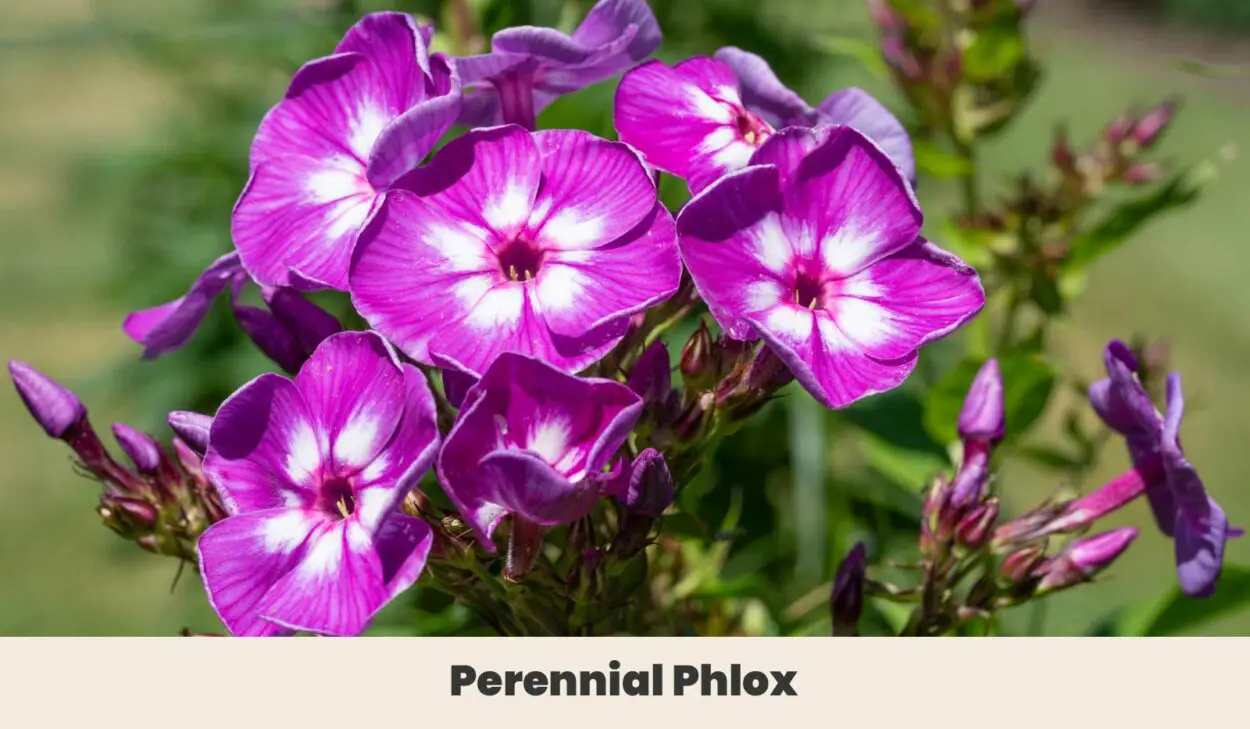
Hummingbirds and butterflies find the tall, swaying blooms of perennial phlox to be simply irresistible. In good conditions, it will reach four feet tall without breaking a sweat, with dense fragrant clusters of simple flowers in pink, lavender, or white.
It’s an excellent addition to any wildflower garden, where its long blooming period will ensure your local pollinators are fed well through the year.
| Botanical Name: | Phlox paniculata |
| Growth Rate: | Medium |
| Native Range: | Eastern United States |
| Hardiness Zones: | 4a to 8b |
| Soil Needs: | Moist, organically rich loam, tolerates clay |
| Exposure: | Prefers full-sun to very light shade |
| Blooming Period: | Summer through fall |
| Water needs: | Moderate |
Final thoughts
Proud and pleasing, placing pert and perky flowers promote peace and pleasure in any plot or patch. Protecting pollinators is a profound payoff, a prize for painstaking planting. Perfect!
